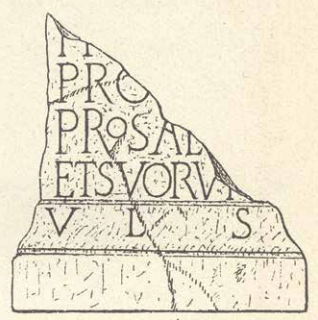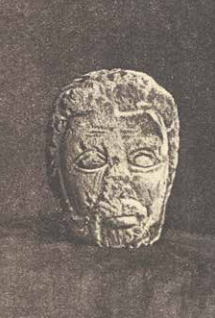Roman expansion into the Balkans commenced in the third century BC through conflicts with the Illyrians. Following the conquest of the western Balkan Peninsula, the Romans exploited mines and the local population. The Drina River housed the largest silver and lead deposits, establishing Domavia as a prominent mining center.
Domavia’s Prosperity
Situated near present-day Srebrenica in Bosnia and Herzegovina, Domavia, a mining-administrative center from the Roman period, flourished in close association with its abundant mines. This prosperity attracted workers from surrounding areas and aristocratic families who relocated there to enjoy its riches. Even the milestones on the Roman road Drinjača-Sarajevo field date back to this prosperous era.
Renowned for its public baths, Domavia’s thermal facilities are believed to have been constructed during Emperor Trajan’s reign. Furthermore, with the increase in mine production, importance surged, leading to the expansion of these public baths. This growth eventually resulted in a transition from a municipality to a colony.

Marcus Aurelius’s reign is tied to the pinnacle of Domavia’s development, initially gaining municipality status and later evolving into a colony during the rule of Trebonianus Gallus and Volusianus.

Rediscovering Domavia
Archaeological excavations unveiled Domavia’s structure with forty-five rooms. The baths, constructed over time and in phases, continuously expanded in capacity. Kitchen remnants in one room indicate that the thermal baths had a kitchen and canteen, with separate and more organized women’s baths.

In the 3rd century, the Goths attacked and plundered Upper Moesia and Domavia, prompting residents to relocate for safety. The absence of luxury items suggests Romans took valuables when departing. Barbarian tribes looted and destroyed the baths, leading to the cessation of organized mine production in the area by the end of the 4th century AD and the subsequent gradual population exodus.
Archaeologists from Austria-Hungary in the late 19th century are credited with the rediscovery.
SUPPORT
You like our content? Consider following us on our social media platforms here for more updates on our content!
